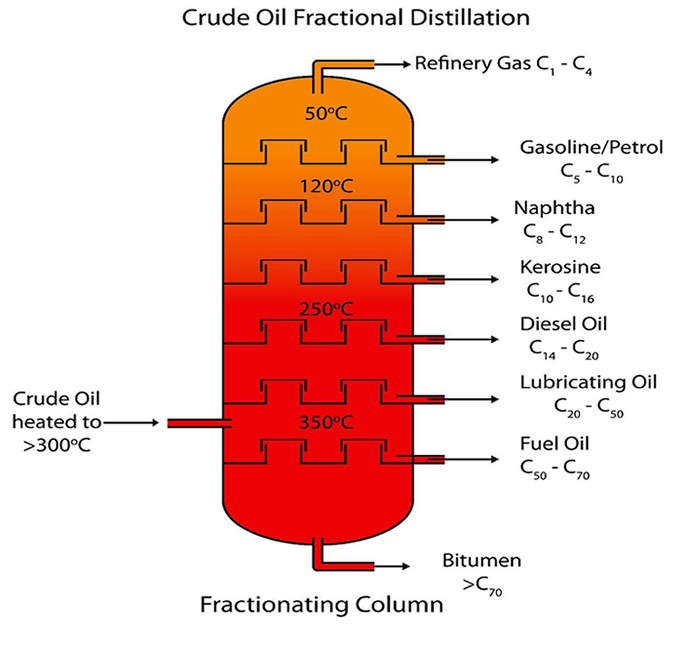With the development of society, cars are becoming more and more popular in people’s daily life. Cars have become an indispensable means of transportation, and the maintenance issues of cars have become a major topic of concern for car owners.So naturally, how to choose the oil is also the first problem. We all know that there are SJ, SL, SM, and SN grades in the market, but how do we distinguish these levels? With this question, we interviewed experts in the field of lubricants.
The difference between SJ and SL
Candy Zhang: Hello, when we buy the engine oil, the packaging of the engine oil is marked SJ, and some is marked SL. Then some consumers would like to know the difference between SJ, SL, SM and SN. Welcome you to explain it to us.
Expert: Hello, SJ, SL, SM, SN are the gasoline engine oil standards of the American Petroleum Institute, SJ is the standard of the 1990s, SL is the standard of 2001, SM is the standard of 2004, and SN is the standard of 2010.
Regarding SJ and SL, I personally think that their main difference is the difference between oxidation resistance and wear resistance under high temperature and high speed operation conditions.For example, the SJ standard requires 3E engine test, and the SL standard requires 3F engine test. The engines of these two experiments are all of the same model. They are all Buick 3.8-liter V6 engines, however, the experimental time, experimental conditions, and experimental results are all more strict with 3F. The 3E experimental time is 64 hours, the 3F experimental time is 80 hours; the 3E experimental engine speed is 3000 rpm, and the 3F experimental engine speed is 3600 rpm. The engine load of the 3E experiment was 50.6 kW, the engine load of the 3F experiment was 73 kW, the engine temperature of the 3E experiment was 149 °C, and the engine temperature of the 3F experiment was 155 °C. The experimental results require that the SJ antioxidant performance: after 64 hours of experiment, the 40 ° C kinematic viscosity of the old oil can not be greater than the new oil 40 ° C kinematic viscosity of 375%; SL antioxidant performance: After 40 hours of experiment, the 40 ° C kinematic viscosity of the old oil can not be greater than 275% of the new oil 40 ° C kinematic viscosity. SL standard 3F engine experiment, not only the experimental time is long, the rotation speed is high, the load is large, and the experimental results are more demanding, so SL has much better oxidation resistance than SJ.
Let me talk about the different requirements of SJ’s 3E engine experiment and SL’s 3F engine experiment against wear results: 3E is the camshaft plus tappet wear is not more than 0.03 mm; 3F is not more than 0.02 mm; The two seem to have little difference, but the 3F experimental engine’s speed is 3,600 rpm, which is 600 rpm higher than the 3E’s rpm, we all know that the higher the engine speed, the more intense the friction of the engine, and the higher the 600 rpm means that the experimental conditions are more demanding; There is also a 3F experimental engine with a load of 73 kW, which is 22.4 kW higher than the load of 3E. The heavier the load, the harsher the experimental conditions. Therefore, the wear resistance of SL is much better than that of SJ.
The difference between SL and SM
Candy Zhang: Oh, the main difference between SL and SJ, we already understand some, then could you answer the difference between SM and SL?
Expert: OK. Entering the 21st century, more and more attention has been paid to energy saving and environmental protection, and the engine oil should also meet the needs of energy saving and environmental protection. For this reason, SM standard stipulates that the phosphorus content of engine oil of five grades of 0W20/5W20W305W3010W30 should be between 0.06% and 0.08, 0W20/5W20W305W30 The four levels of sulfur content can not be higher than 0.5%, 10W30 sulfur content can not be higher than 0.7%, and the protection of the three-way catalytic converter is further improved. The SL requirement for phosphorus content is only no more than 0.1%, and there is no requirement for sulfur content. Phosphorus and sulfur are irreplaceable anti-wear elements, but if the content of phosphorus and sulfur is high, once the steam of engine oil enters the exhaust system, it will corrode the ternary catalytic converter. The reason is the same as that of leaded gasoline.
Candy Zhang: I used to know that the oil is protecting the engine. I didn’t expect to involve a three-way catalyst.
Expert: Yes, the original carburetor cars are not equipped with three-way catalytic converters. There is no need to consider this problem. Now all gasoline vehicles are equipped with three-way catalytic converters, so this problem must be considered.

